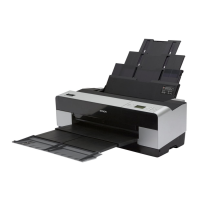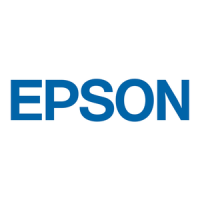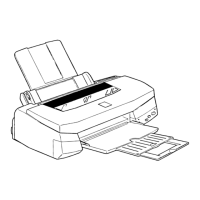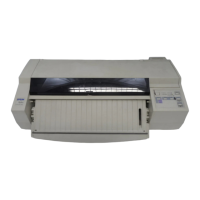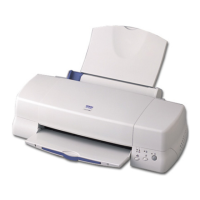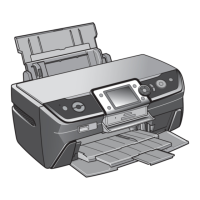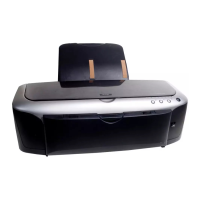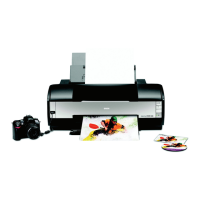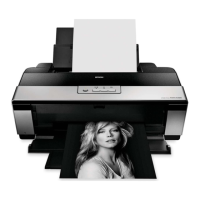EPSON Stylus COLOR 3000
EPSON Stylus Color 3000 Service Manual 1-19
Reverse Channels
Transmission mode
IEEE-1284 nibble mode.
Adaptable connector
Same as forward channel.
Synchronization
Refer to the IEEE-1284 specification.
Handshaking
Refer to the IEEE-1284 specification.
Data transmission timing
Refer to the IEEE-1284 specification.
Signal level
IEEE-1284 level 1 device.
See forward channel.
Table 1-22 shows the connector pin assignments and signals for reverse channel of the parallel interface.
Pin No. Signal Name
Return
GND Pin
I/O Description
1 HostClk 19 I Clock signal from the host computer.
2-9 DATA 0-7 20-27 I
The data 0 to data 7 signals represent
data bits 0 to 7, respectively. Each signal
is at a HIGH level when data is logical 1
and a LOW level when data is logical 0.
10 PtrClk 28 O Clock signal from the printer.
11
PtrBusy /
Data bits 3,7
29 O
Busy signal from the printer.
Data bit 3 or 7 in reverse channel.
12
AckDatareq /
AckData Bits 2,6
28 O
Acknowledge request signal.
Data bit 2 or 6 in reverse channel.
13 Xflag/Data bit 1,5 28 O
X flag signal.
Data bit 1 or 5 in reverse channel.
14 HostBusy 30 I Busy signal from the host computer.
31 /INIT 30 I Not used.
32
/Data Avail /
Data bits 0,4
29 O
Data available signal.
Data bit 0 or 4 in reverse channel.
36 1284-Active 30 I 1284 active signal.
18 Logic-H - O Pulled up to +5V via 3.9 K-ohm resistor.
35 +5V - O Pulled up to +5V via 3.3 K-ohm resistor.
17 Chassis GND - - Chassis ground for the printer.
16,33,19-30 GND - - Signal ground.
15,34 NC - - Not connected.
Notes:
1. / at the beginning of a signal means active low.
2. The I/O column indicates the direction of the signal as viewed form the printer.
Extensibility Request
The printer responds affirmatively when the extensibility request values are 00H or 04H, as follows:
00H Request Nibble Mode Reverse Channel Transfer.
04H Request Device ID using Nibble Mode Reverse Channel Transfer
Table 1-22. Connector Pin Assignments and Signals (Reverse Channel)
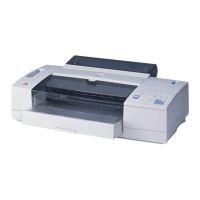
